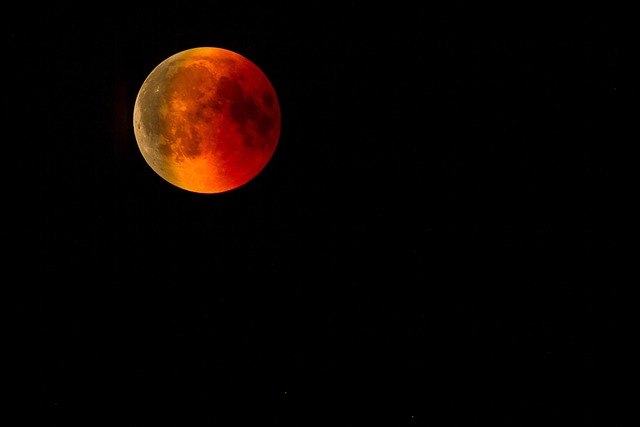
Neutron Stars Have Masses That Range From
Understanding Neutron Star Masses
Neutron stars are one of the most fascinating objects in the universe, formed from the remnants of massive stars that have undergone supernova explosions. These compact celestial bodies are primarily composed of neutrons and exhibit extreme physical properties. One of the key aspects of neutron stars is their mass, which can vary significantly. This article explores the range of masses that neutron stars can have and the implications of these variations.
The Mass Range of Neutron Stars
Neutron stars typically have masses ranging from about 1.1 to 2.5 solar masses (M☉). The lower end of this range is generally accepted as the minimum mass for a stable neutron star. However, the upper limit is more complex and has been a subject of ongoing research.
The Recent Discoveries
One of the most notable recent discoveries in this field is the neutron star PSR J0952-0607, which has an observed mass of approximately 2.35±0.17 M☉. This finding challenges previous assumptions about the maximum mass of neutron stars, which was thought to be around 2 M☉. The existence of such a massive neutron star suggests that our understanding of the equation of state for neutron-rich matter may need to be revised.
The Mass Gap
In astrophysics, there is a phenomenon known as the "mass gap," which refers to a range of masses between approximately 2 and 5 solar masses where very few compact objects have been observed. This gap exists between the maximum mass of neutron stars and the minimum mass of black holes. The discovery of objects within this mass gap, particularly through gravitational wave detections, has opened new avenues for research and understanding of stellar evolution.
Factors Influencing Neutron Star Mass
The mass of a neutron star is influenced by several factors, including the original mass of the progenitor star and the processes that occur during its collapse. Additionally, variations in magnetic field strength play a crucial role in distinguishing different types of neutron stars. For instance, magnetars, which are a type of neutron star, possess extremely strong magnetic fields ranging from 108 to 1011 teslas. These magnetic fields can affect the star's structure and behavior, including its mass.
Conclusion
Neutron stars represent a unique intersection of physics and astronomy, with their masses providing critical insights into the nature of matter under extreme conditions. As research continues, particularly with advancements in observational technology, our understanding of neutron stars and the mass gap will likely evolve. The study of these celestial objects not only enhances our knowledge of the universe but also challenges existing theories in astrophysics.

















 Twin Studies: A Peek into Genetics and Behavior
Twin Studies: A Peek into Genetics and Behavior 
 Health
Health  Fitness
Fitness  Lifestyle
Lifestyle  Tech
Tech  Travel
Travel  Food
Food  Education
Education  Parenting
Parenting  Career & Work
Career & Work  Hobbies
Hobbies  Wellness
Wellness  Beauty
Beauty  Cars
Cars  Art
Art  Science
Science  Culture
Culture  Books
Books  Music
Music  Movies
Movies  Gaming
Gaming  Sports
Sports  Nature
Nature  Home & Garden
Home & Garden  Business & Finance
Business & Finance  Relationships
Relationships  Pets
Pets  Shopping
Shopping  Mindset & Inspiration
Mindset & Inspiration  Environment
Environment  Gadgets
Gadgets  Politics
Politics 